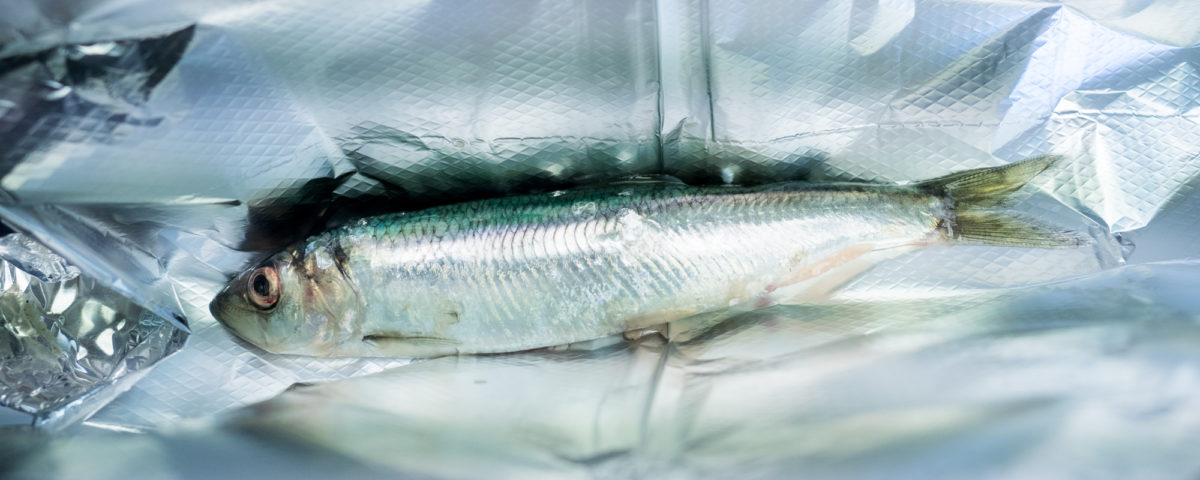The Prince William Sound Science Center’s herring researchers have been working to compile a synthesis of existing information about Prince William Sound herring for the Exxon Valdez Oil Spill Trustee Council (EVOSTC). Integrated herring research started with herring surveys in 2009 and was followed by the Herring Research and Monitoring (HRM) program’s research projects that started in 2012. The goal of the HRM program is to improve the mathematical model that the Alaska Department of Fish and Game uses to predict herring biomass, and years of research has done this.
Herring Research and Monitoring program manager Dr. Scott Pegau says that the biggest breakthroughs toward improving the prediction model have been in tracking disease, particularly Viral Hemorrhagic Septicemia (VHS). Although it is still an active area of research, VHS is suspected to have been involved in the most recent Prince William Sound herring population collapse. There was a spike in antibodies for VHS in 2015, suggesting that there may have been an outbreak between 2014 and 2015. Herring continued to decline from 2015 to 2018 when it reached an all-time low of about 3,000 to 4,000 tons. Hope was renewed in 2019 when a relatively large group of three-year-old herring joined the spawning population. Though the good recruit year nearly tripled the population, according to mile-days of milt surveys, the population is still very low. Scott holds out hope though; herring can build a very large population from a small one depending on how many youngsters join the spawning stocks in a given year. The population may be beginning to build again.
For the full article published by the Prince William Sound Science Center visit: https://pwssc.org/herring-synthesis/



